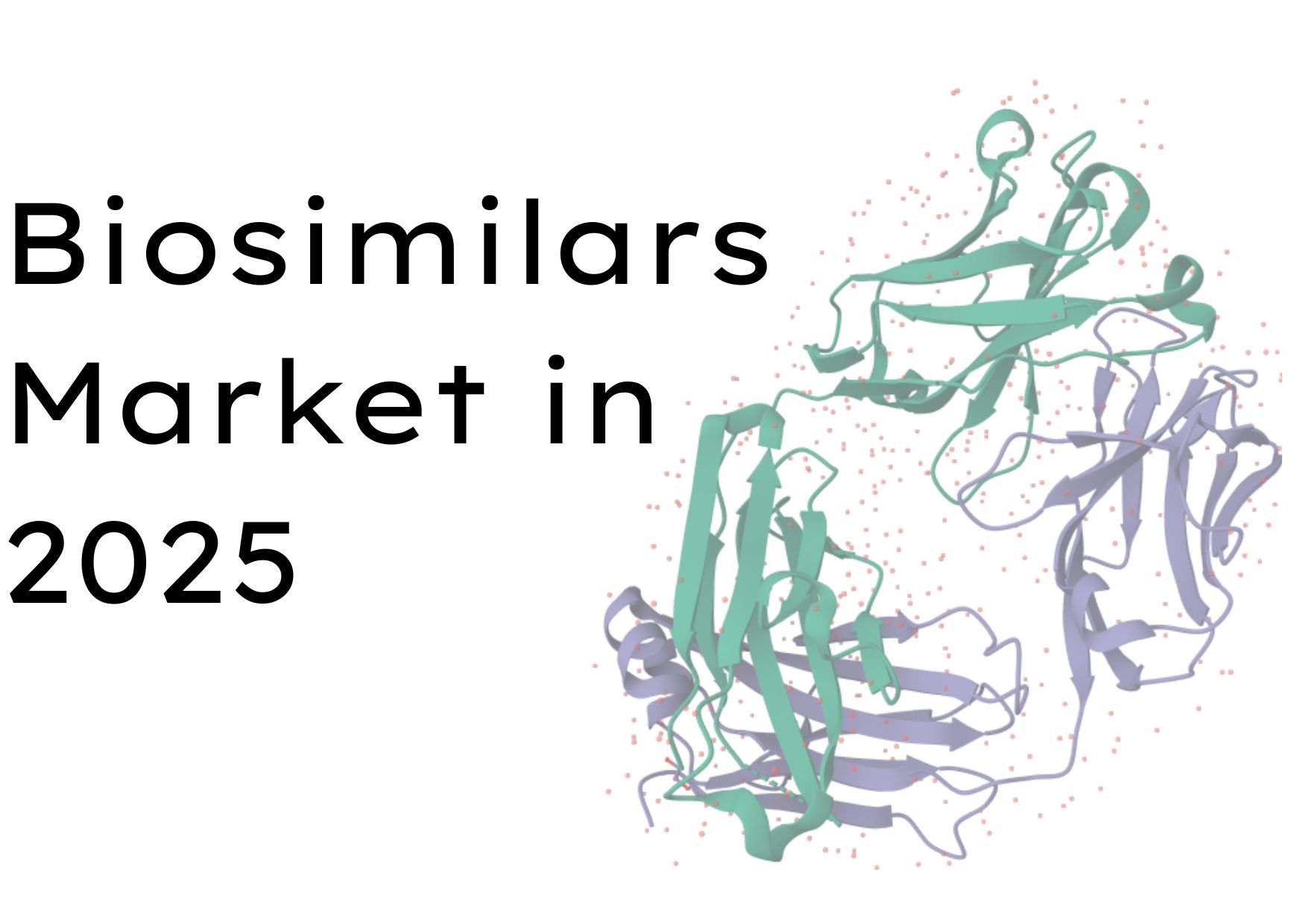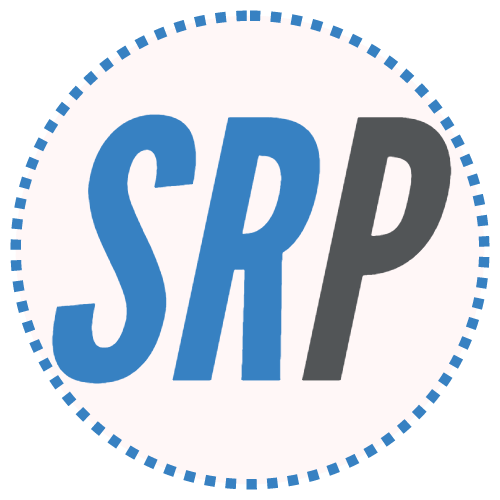With forecasts ranging from a robust USD 21.95 billion to an astounding USD 42.53 billion, the global biosimilars market is experiencing a historic boom in 2025. A number of factors are coming together to drive this exceptional growth trajectory, including a growing pipeline of regulatory clearances, the expiration of patents on many of the most popular biologic drugs, and the growing global demand for more reasonably priced but comparable treatments for chronic and incapacitating diseases. With Compound Annual Growth Rate (CAGR) forecasts ranging from a modest 7.5% to an aggressive 18.32% up to 2035, the market is not only expanding, but also accelerating.
Biosimilars of important biologics like Rituximab (Rituxan), Adalimumab (Humira), Ustekinumab (Stelara), Trastuzumab (Herceptin), and Bevacizumab (Avastin) are at the forefront of this movement. With discounts on Average Sales Price (ASP) ranging from 49% to 66% for oncology and immunology biosimilars, these medications are actively creating significant financial relief for patients and healthcare systems alike. They are not only hypothetical cost-savers. Importantly, makers of originator products have been forced to reduce their pricing due to the sheer existence of biosimilars, which has increased overall savings.
Read More: Trastuzumab: Targeted Therapy for HER2-Positive Cancers – Details, Mechanism, Usage and Side Effects
Understanding the Biosimilar Landscape
What is a biosimilar?
A biosimilar is a biological medication that is a very close substitute for a reference biological medication that has already received approval. Importantly, when compared to its creator, it shows no clinically significant variations in terms of efficacy, safety, or quality. Biosimilars differ from chemically manufactured generic medications in that they are not exact replicas. This divergence results from biological medicines’ complex manufacturing methods and inherent natural unpredictability, as they are generated from living systems. Because of their complexity, they must pass a rigorous regulatory evaluation to ensure that they are comparable to the reference product. To clearly show this high similarity and the lack of any clinically significant variances, developers must do thorough comparability studies that include physicochemical, biological, non-clinical, and clinical assessments.
Global Regulatory Pathways: FDA vs. EMA
When the European Medicines Agency (EMA) created its biosimilars regulatory framework in 2005, it became a trailblazer. A thorough comparison exercise involving physicochemical, biological, non-clinical, and clinical tests is required by their methodology. The quality of the evidence is highly valued by the EMA, which makes sure the biosimilar has high similarity in all important characteristics.
This was also the case in the United States, when the FDA adopted its shortened licensing process under the 2009 Biologics Price Competition and Innovation Act. Additionally, the FDA demands that biosimilarity be demonstrated through clinical, animal, and analytical research, along with an evaluation of immunogenicity. Although assuring safe, effective, and high-quality biosimilars is the ultimate goal shared by both regulatory agencies, the EMA has typically required more thorough clinical testing, especially in effectiveness trials conducted in sensitive clinical models.
Read More: Semaglutide: A Game-Changer in the Fight Against Obesity and Type 2 Diabetes
The Global Biosimilars Market in 2025
In 2025, the worldwide biosimilars market is projected to be worth over USD 35.04 billion. Despite the fact that various market intelligence reports provide different projections for the same year—USD 42.53 billion, USD 21.95 billion, USD 40.36 billion, and USD 35.47 billion—these differences show how volatile and intricately different elements affect this dynamic industry. These variances highlight the forecasting difficulties brought on by changing regulatory environments, Pharmacy Benefit Manager (PBM) tactics, complex pricing dynamics, and varying adoption rates, which makes real-time market intelligence a vital tool for all parties involved.
Notwithstanding these disparities in numbers, there is general agreement that growth is strong and long-term. From 2025 to 2032–2035, compound annual growth rates (CAGRs) are expected to vary from 7.5% to an astounding 18.32%. It is anticipated that this growth trajectory will result in significant market valuations, which might reach USD 72.29 billion by 2035 or possibly USD 175.99 billion by 2034. With a predicted compound annual growth rate (CAGR) of 17.1% through 2034, the U.S. biosimilars industry alone is expected to reach USD 22.59 billion in 2025.
Key Market Drivers: Fueling the Biosimilar Momentum
Increasing Prevalence of Chronic Diseases
A major factor driving the market for biosimilars is the increasing prevalence of chronic illnesses worldwide. Diabetes, some types of cancer, and autoimmune diseases (such as rheumatoid arthritis, psoriasis, and Crohn’s disease) all require long-term, frequently expensive therapy. Biosimilars provide these vital treatments at a lower cost. The worldwide population’s demographic movement toward aging also adds to the rising prevalence of these age-related chronic illnesses, expanding the patient base for biologic and biosimilar treatments.
Healthcare Cost Pressures
Healthcare institutions around the world are under tremendous pressure to keep rising costs under control. Since biologic medications account for a sizable amount of pharmaceutical expenditure, biosimilars are an alluring and successful cost-cutting tactic. Payers, providers, and patients can all benefit financially from the introduction of biosimilars, which can reduce biologic therapy costs by 30–40% when compared to their reference products.
Read More: Monoclonal Antibodies – Definition, Structure and Working
Top-Selling Biosimilars in 2025: In-Depth Analysis and Competitive Strategies
A thorough analysis of the best-selling biosimilars shows that, although cost-effectiveness is still the fundamental motivator, competitive tactics in 2025 will increasingly emphasize difference above and beyond price. Companies are focusing on things like direct-to-consumer models, strategic Pharmacy Benefit Manager (PBM) alliances, new delivery technologies (such high-concentration, citrate-free, and autoinjectors), and interchangeability status. This suggests that the industry is maturing and that businesses need to provide superior access and added value in order to gain and hold onto market share.
| Biosimilar (Reference Product) | Key Therapeutic Area(s) | Estimated 2025 Market Value (USD Bn) |
| Adalimumab (Humira) | Immunology | 1.1 |
| Ustekinumab (Stelara) | Immunology, Gastroenterology | 1.5 |
| Trastuzumab (Herceptin) | Oncology | 3.9 |
| Bevacizumab (Avastin) | Oncology | 1.604 |
| Rituximab (Rituxan) | Oncology, Immunology | 5.11 |
| Denosumab (Prolia/Xgeva) | Bone-related conditions, Oncology | 3.7 (overall market) |
| Tocilizumab (Actemra) | Immunology, COVID-19 | 1.5 |
| Infliximab (Remicade) | Immunology | N/A (3.5 in 2023) |
| Etanercept (Enbrel) | Immunology | 22.10 (overall market) |
| Aflibercept (Eylea) | Ophthalmology | N/A (Eylea market 9.38 in 2023) |
| Eculizumab (Soliris) | Rare Blood Disorders | N/A (Soliris market 2.03 in 2025) |
| Recombinant Human Growth Hormone | Hormone Therapy | N/A |
| Insulin | Metabolic Disorders | N/A |
Adalimumab Biosimilar Impact
In 2025, the market for adalimumab biosimilars is anticipated to grow to a value of USD 1.1 billion. The market share of the ten adalimumab biosimilars available as of early 2025 has increased slightly to 23%, indicating a gradual but steady decline in the dominance of the original product, Humira.
Key Players and Competitive Strategies
- Amgen (Amjevita): Amjevita was the first adalimumab biosimilar to be introduced in the United States in January 2023. At first, its high Wholesale Acquisition Cost (WAC) pricing caused it to be slowly adopted. Amgen’s later price strategy changes and better payer agreements, however, have rekindled interest in the product. Its market access is greatly improved by its preferred position on the Optum Rx formulary, which is one of the biggest Pharmacy Benefit Managers (PBMs) in the United States.
- Boehringer Ingelheim (Cyltezo): Being the first FDA-approved biosimilar to Humira that is offered in formulations with both high and low concentrations, this medication is noteworthy. Its interchangeability status gives it a significant competitive edge by allowing for automated substitution at the pharmacy level (according to state rules). This increases prescription volume and fosters trust between pharmacists and prescribers, especially in the fields of gastroenterology and rheumatology.
Ustekinumab Biosimilar Impact
By 2025, the ustekinumab biosimilars market is expected to be worth $1.5 billion globally, and by 2033, it is expected to grow to $5 billion. After Stelara’s loss of exclusivity, biosimilar competition for ustekinumab began in early 2025. Ustekinumab biosimilars were first introduced with significant Wholesale Acquisition Cost (WAC) savings of more than 80%.
Key Players and Competitive Strategies
- Amgen (Wezlana): In January 2025, Wezlana became the first ustekinumab biosimilar to hit the American market. Amgen’s total biosimilar sales for the first quarter of 2025 were $735 million, of which $150 million came from this product. Wezlana’s introduction was a component of an exclusive contract with Nuvalia, Optum Rx’s biosimilar procurement company.
- Samsung Bioepis/Sandoz (Pyzchiva): In February 2025, Pyzchiva was introduced. Sandoz is strategically focused on introducing high-value biologics as first-to-market medicines.
Other Key Biosimilars with Significant 2025 Presence
- Denosumab (Reference: Prolia/Xgeva): In 2025, the whole denosumab market which includes both originator and biosimilar products—is anticipated to grow to $3.7 billion. In February and March 2025, the FDA approved a number of denosumab biosimilars, including Xbryk, Osenvelt, Stoboclo, and Ospomyv. Notably, Sandoz introduced Wyost and Jubbonti, the first and only FDA-approved interchangeable denosumab biosimilars, in the United States in June 2025. In November 2022, Boan Biotech’s Boyoubei biosimilar was approved for the first time for worldwide distribution. This market is also being shaped by strategic alliances; Organon and Henlius are working together to commercialize denosumab biosimilar candidates.
- Tocilizumab (Reference: Actemra): The market for tocilizumab biosimilars is projected to reach $1.5 billion by 2025. In 2025, the Actemra market as a whole is expected to reach $5.71 billion, or $4.13 billion. The FDA approved Celltrion’s Avtozma (tocilizumab-anoh) in January 2025, and the intravenous (IV) version is expected to be made available in the United States in August of the same year.
- Infliximab (Reference: Remicade): By 2032, the worldwide infliximab biosimilar market is expected to have grown from its 2023 valuation of USD 3.5 billion to USD 7.8 billion. By Q3 2024, its market share had grown to 48%. In the first quarter of 2025, the average sales price (ASP) of infliximab biosimilars dropped by 7% to $169. On April 1, 2025, Celltrion’s Remdantry (formerly Inflectra) became accessible in Canada, becoming the nation’s first monoclonal antibody biosimilar to infliximab.
Last Modified:






